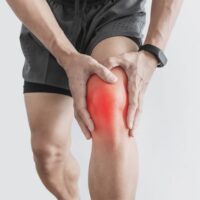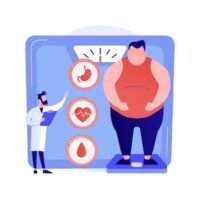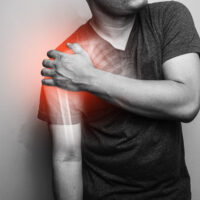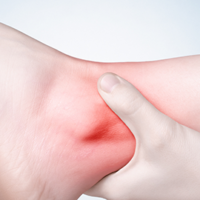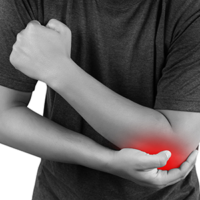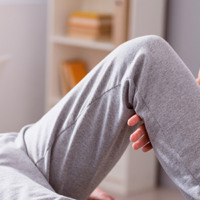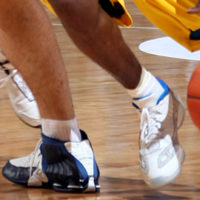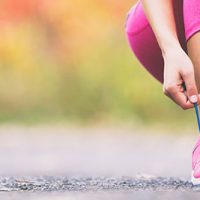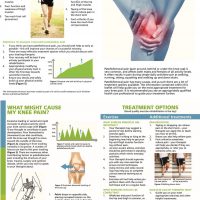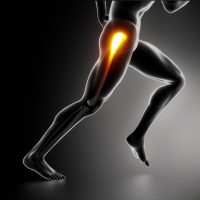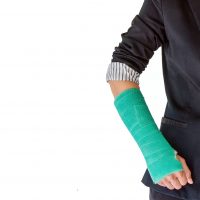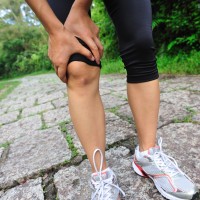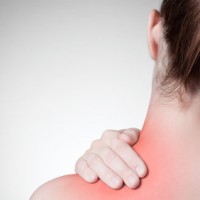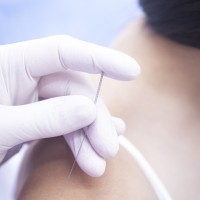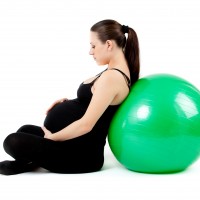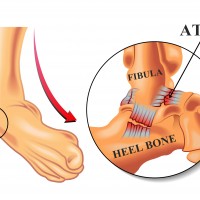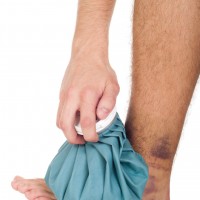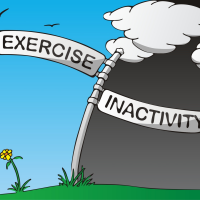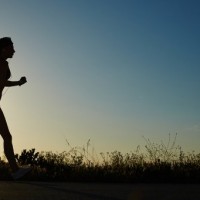
Most people who get tennis elbow don’t play tennis, in fact the term now used is Lateral Epicondylalgia (or LE for short!). Symptoms include pain on the outside of the elbow with gripping and sometimes even with bending and straightening of the elbow.
In recent years there has been some exciting research in this area confirming the effectiveness of physiotherapy in managing this condition.
Contrary to what was popularly believed in the past, inflammation is not present in the tendons around the elbow, which explains why anti-inflammatory medications may not help. While the pain from a tennis elbow is located at the tendons on the outside of the elbow (common extensor tendon), a significant proportion of people with tennis elbow also have a problem with their neck that is a contributing factor.
At IONA Physiotherapy you will receive a thorough assessment of your elbow, shoulder and neck to determine the reason for your elbow pain and importantly, why it developed. Treatment will include manual therapy to your elbow and/ or neck and a specific exercise programme which has been shown in research to speed up recovery and prevent recurrence of tennis elbow.
A research paper published in the British Medical Journal (2006), compared physiotherapy to corticosteroid injection for tennis elbow and reported that physiotherapy achieved the best long term results.





